How inefficient are portable air conditioners?

When I was at my in laws last weekend, I noticed that they were using a portable air conditioner to cool the upstairs. The unit is described at: http://www.delonghi.com/en-us/products/comfort/air-conditioning/portable-air-conditioners/pinguino-air-to-air-pac-an125hpekc-0151801211. Apparently, their central air conditioning system doesn’t do a good job of cooling the second floor (which is only used when they have guests). The unit struck me as a seriously compromised way of accomplishing space conditioning. Am I missing something or is the concept of operation seriously flawed?
The unit gets placed near a window. A single hose expels hot air out the window. That expelled air must come from the conditioned space because there is no provision to draw air from anywhere else. There is no drain for condensate. With a little online research, I found that it sprays the condensate on the condenser so it evaporates and is expelled out the single hose. It seems to me that this device would induce infiltration elsewhere in the house that would undo a significant fraction of the cooling that is accomplished. The manual explains that efficiently is measured using EER, but doesn’t specify an EER value. Instead, the manual states that EER doesn’t apply to portable air conditioners because they are not regulated by DOE. Calculating an EER from the maximum cooling and the maximum power draws comes out about 9.5. I suspect the maximum cooling rating doesn’t factor in the induced infiltration.
I suppose that, from a purely economic standpoint, it may make sense for my in-laws because they use the upstairs infrequently. In that application, first cost is much more important than operating efficiency. Even so, inefficiency bothers me.
GBA Detail Library
A collection of one thousand construction details organized by climate and house part
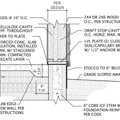
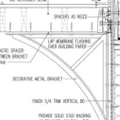

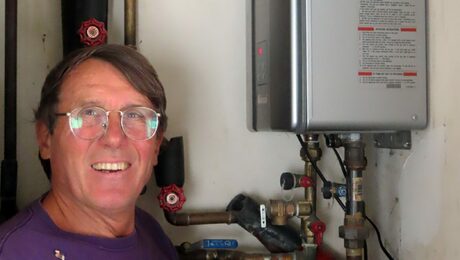


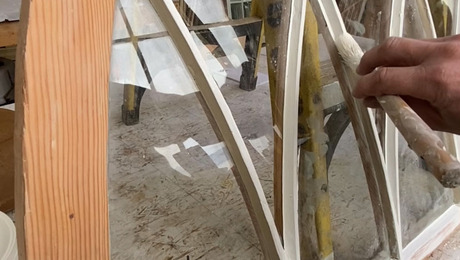
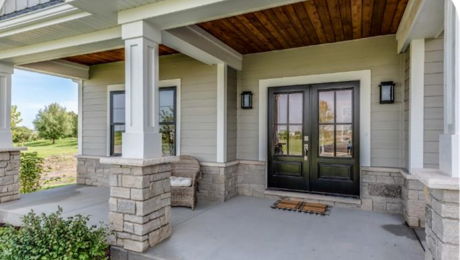
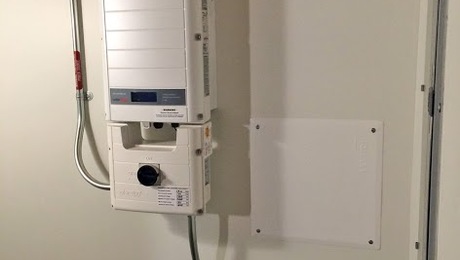
Replies
Reid,
I agree with your analysis. I'm not very impressed by the installation instructions, which include the advice shown in the illustration below.
.
My in-laws are pretty typical air conditioning consumers. They bought the unit, "installed" it, turned it on, and then the room got cold. Like most consumers, they wouldn't think any more deeply than that about how it works. They have a double hung window, so their setup wasn't quite as awful as the picture you reproduced above.
Another incident made me think about typical consumers. We were sitting on the porch and my father-in-law commented about how bad the neighbor's air conditioner is. "They need a new AC. It runs almost all of the time." He was quite proud of the fact that his central AC ran less than half of the time. (The temperature was above design temperature that day.)
Inefficient, Loud, HEAVY.
We purchased one few years ago in an attempt to cool a master bedroom while we spent the month of July arguing with a home warranty company over an inoperable HVAC system.
My unit had also had the hose (as seen in Martin's pic) but the end was designed to span the width of a typical double hung window and create a seal. Needless to say these units are not suitable for those who have casement windows.
It's worse than just an efficiency problem- it's also a diminishing capacity problem. At 70F indoors, 90F outdoors, about half the rated capacity is gone(!). So whatever the standalone COP of the system is, the parasitic loads cut the as-used efficiency in half when outdoor temps hit the 90s.
A dual-hose portable AC vendor (taking only outdoor air into the condenser coil, not room air) lays it out fairly suscintly here:
http://www.climax-air.com/dual-hose-portable/
I had never really looked at portable air conditioners, but had assumed that they were all dual hose, since the deficiencies of using a single hose approach are DEAD OBVIOUS, even without running the math on it.
There are other vendors of dual hose portable AC units but marketing fluff usually doesn't explain it effectively eg:
https://www.friedrich.com/products/commercial/portable/zoneaire